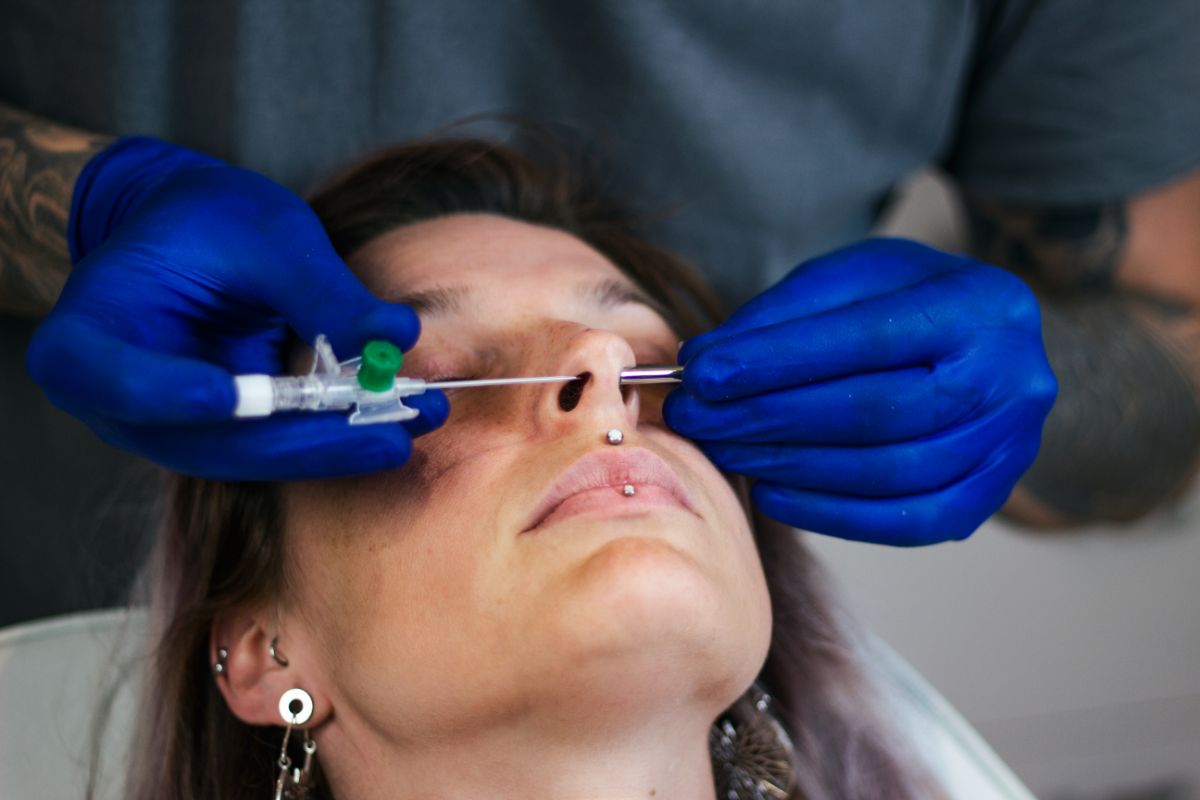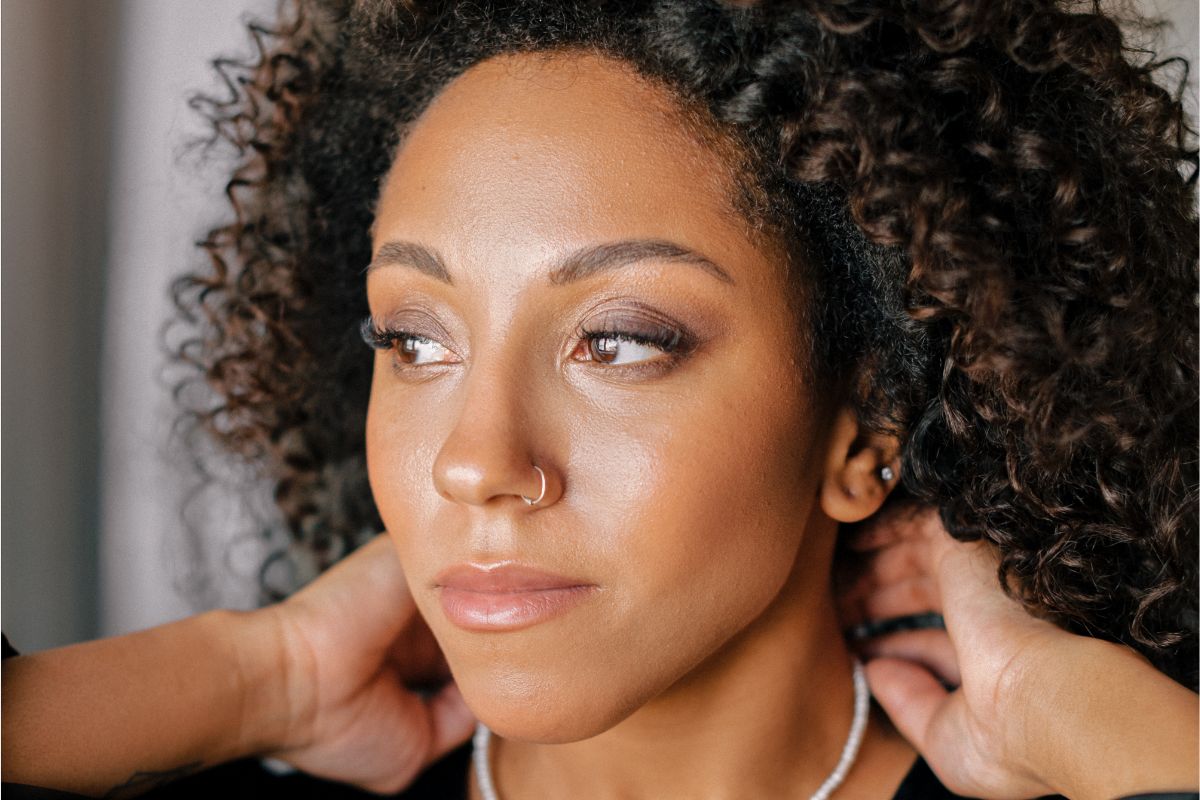After getting the primary lobe, upper lobe, and even helix piercings, you have decided to be bolder and try on piercings on your lips this time. As you take your piercing game to the next level, snake bites lip piercing has caught your attention.
Since it is your first time trying piercing your lips, you are pretty unfamiliar with the things needed to know about lip piercings.
Before you go to your favorite piercing shop nearby, here are the things you need to know about snake bite piercings.

What are Snake Bite Piercings?
Similar to the fangs of a snake or what a snake bite might seem like, snake bite piercings are two piercings located on either side of the bottom lip.
Each piercing sits on the outer corners of the edge of the lower lip. Due to its name, people often confuse and interchange it with other bite piercings, such as spider bites or angel bites. To describe it clearly, you may refer to it as paired lower lip piercings.
Pain Intensity and Healing Time
As this type of piercing comes in pairs, you will have to get pierced by a needle twice. In contrast with the common belief or fear of people who want to stick their lips, lip piercings below the lips hurt less than other lip piercings.
This may be because the skin of the lips is mainly more sensitive than the skin below.
Most people who have undergone snakebite piercing have reported discomfort during the first days after getting their lips pierced. According to them, there was some swelling on the lips, interfering with their speech, and even having difficulty eating.
Generally, the healing time for snake bite piercings only takes eight weeks to recover. However, one should note that this piercing involves two punctures, increasing the risk of delayed healing due to potential complications.
Possible Side Effects
Like any other piercings, the snake bites lip piercing also has potential side effects that can be avoided with proper aftercare.
Piercing Rejection
One of the most natural side effects that people experience with any piercing is piercing rejection. The rejection may be due to poor quality of snake bite piercing jewelry or trauma.
Symptoms of piercing rejection have reddish and flaky skin around the location of the piercing and enlarged holes. To treat this, you should immediately remove the jewelry and try it on once the piercing heals.
Piercing Infection
Due to improper hygiene and lack of aftercare, piercing infections may arise. Typically, symptoms of an infected piercing include excruciating pain, yellow or green secretion, and swelling.
Consulting your doctor right away is essential in these situations.

Conclusion
For many people, piercings are considered a good thing as they are said to improve a person's self-image and self-expression. Some people pierce for aesthetic purposes or to conform to their culture.
Whatever the reason, it is essential to have your piercing conducted by a trained professional. Moreover, maintaining good hygiene and having a good aftercare routine minimize the risk of infection.
For a safe and effective aftercare product, visit Dr. Piercing Aftercare now.





